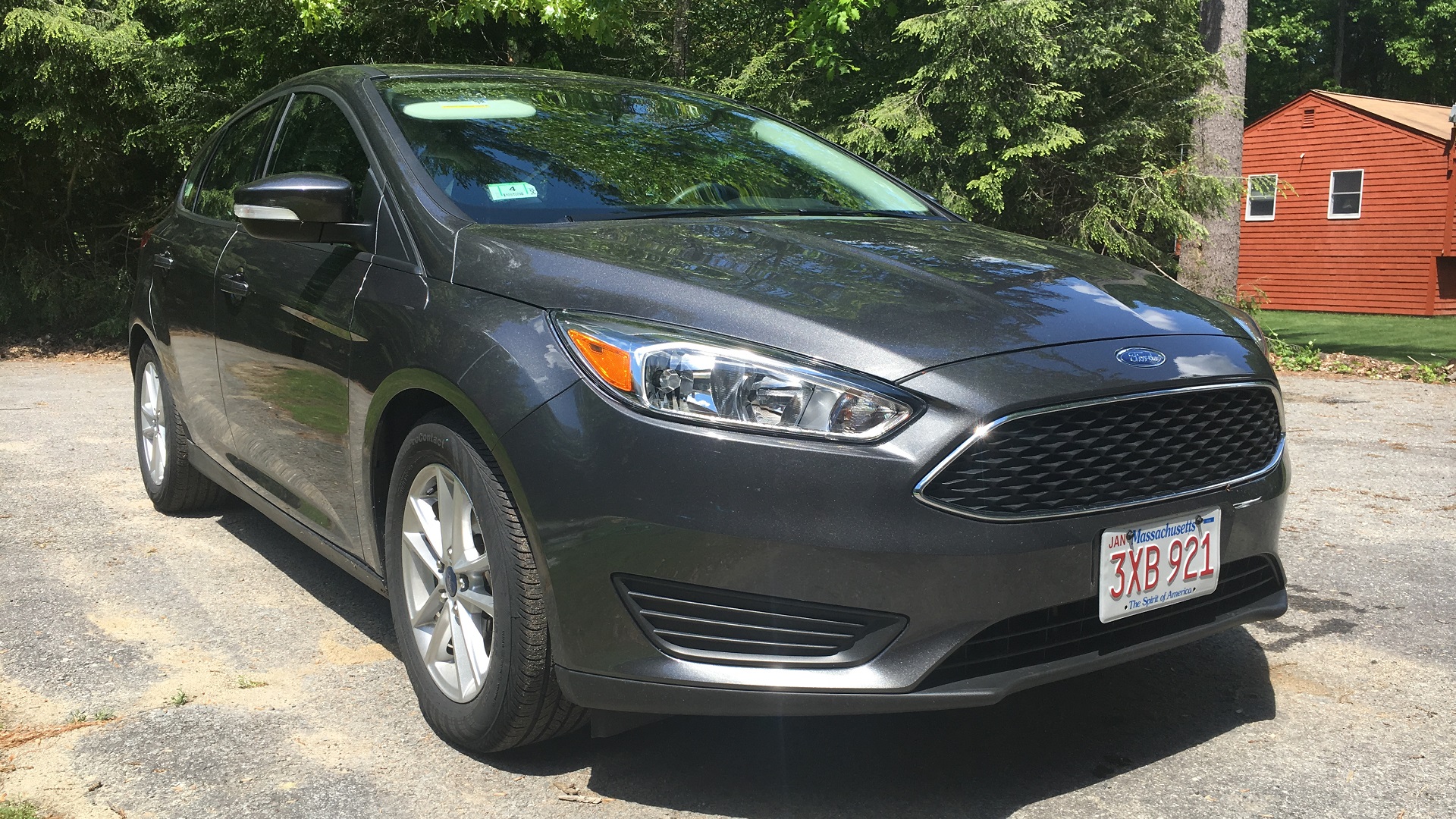

My daily driver is a 2015 Subaru WRX Premium. It has a COBB Stage 1 performance tune designed for 93 octane. In a mix of highway and city driving, I average around 28 miles per gallon. This is what the EPA says it should get in highway driving, much better than the 24 MPG combined rating, and I assure you that my right foot isn’t exactly lightweight. Meanwhile, my wife has been driving a basic 2016 Ford Focus SE while her Flex undergoes some major warranty repairs. The EPA says it should get 31 mpg combined, yet it’s only getting 26 mpg, even lower than its city rating. How is it possible that my WRX, with a turbo, two additional drive wheels, and more than twice as much horsepower, is getting better gas mileage than a basic Focus?
The automatic transmission of the Focus, as opposed to the manual of my WRX, shouldn’t hold it back, since both transmissions are six-speeds. Gone are the old days when an automatic transmission guarantees worse fuel economy. The five-speed manual Focus is rated at 28 mpg combined, while our rental’s automatic should do 31. So what gives?
Like I said, my right foot isn’t light. The same is true of my wife, who is accustomed to having three times more than the 123 horsepower of the Focus on tap. Her Flex, and my WRX, are able to accelerate briskly without even trying, but the Focus doesn’t have the benefit of a turbo or high compression. To get similar acceleration, we have to ask the engine to work a whole lot harder. It must use a much higher percentage of its maximum output to accelerate at the same rate that our turbo cars can with ease.
If we actually put some effort into conserving fuel, we could probably do much better. As an extreme example, take my old Miata. I got 30 mpg out of it during regular street driving. But while lapping Lime Rock Park, I got 10. That’s as bad as a Hummer H2. But in a 116 hp Miata, I had my foot on the floor all the way around the track except for braking and corner entry. Full throttle driving is not fuel efficient, and the result was Hummer H2 level fuel economy.
As for my WRX’s superior fuel economy despite its Stage 1 tune, the reason that’s the case may actually be because of the tune. “While we don’t advertise fuel economy improvements, generally, due to optimized tuning, customers can occasionally see a slight improvement in fuel mileage under average driving conditions,” Matthew Bryant of COBB Tuning support told me. Which actually makes sense. The tune is all about making the engine work more efficiently, whether the goal is increasing power or improving fuel economy. So while the main goal of my tune is more power, better fuel economy may be a beneficial side effect of the tune’s engine optimization.